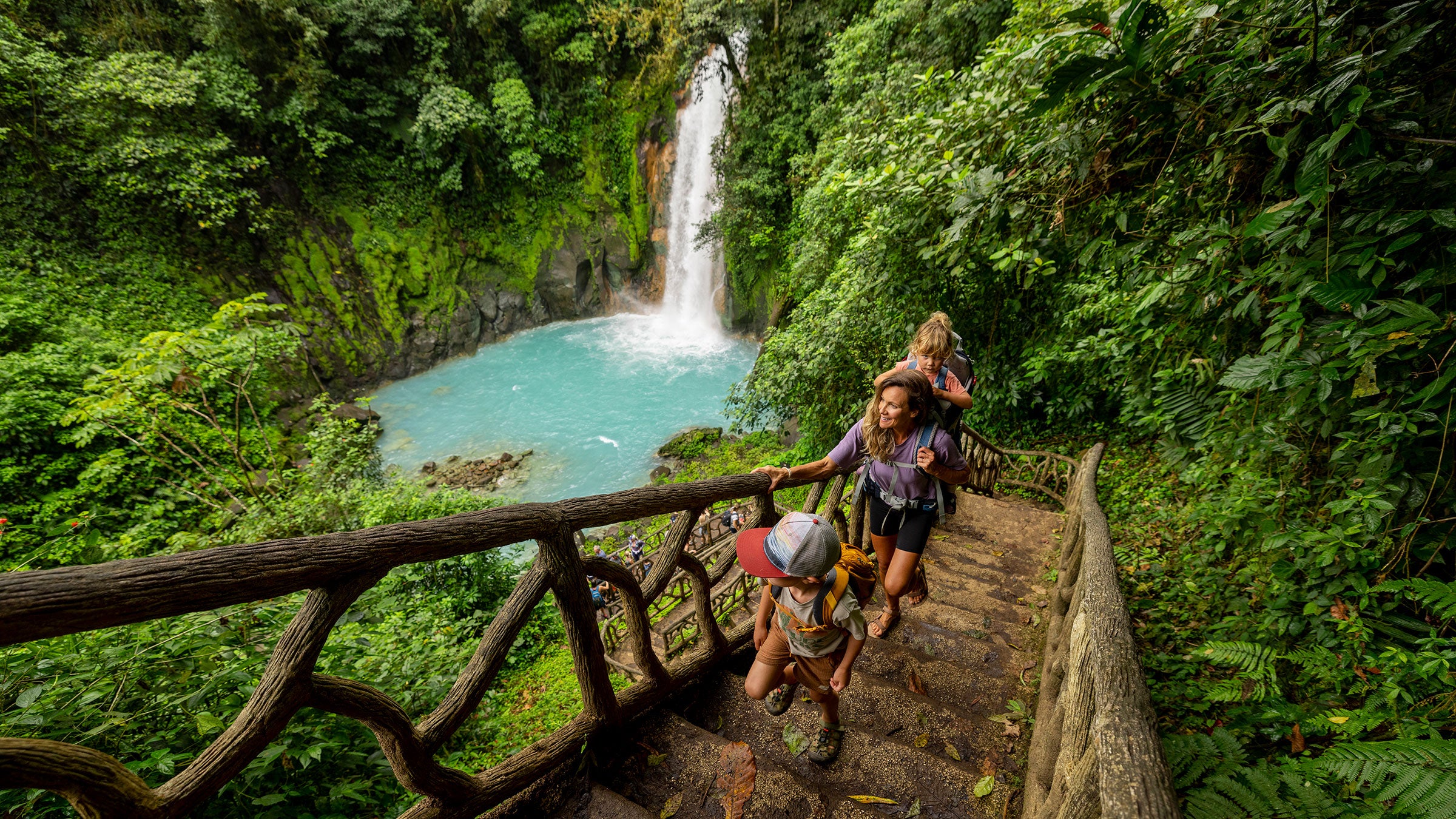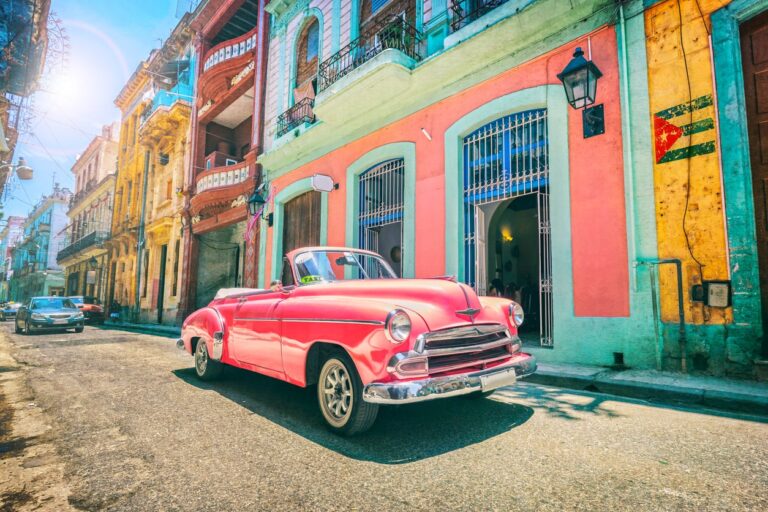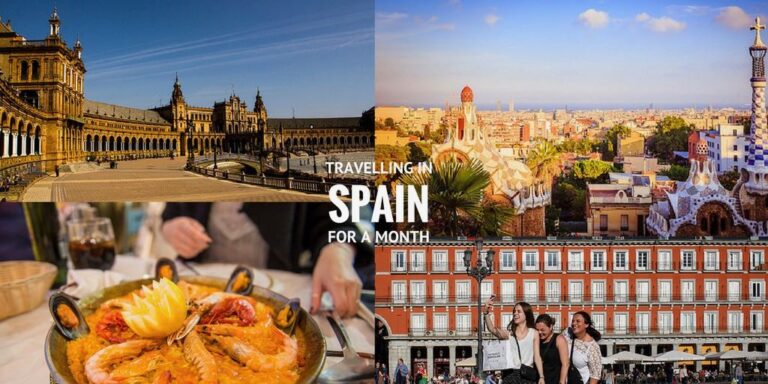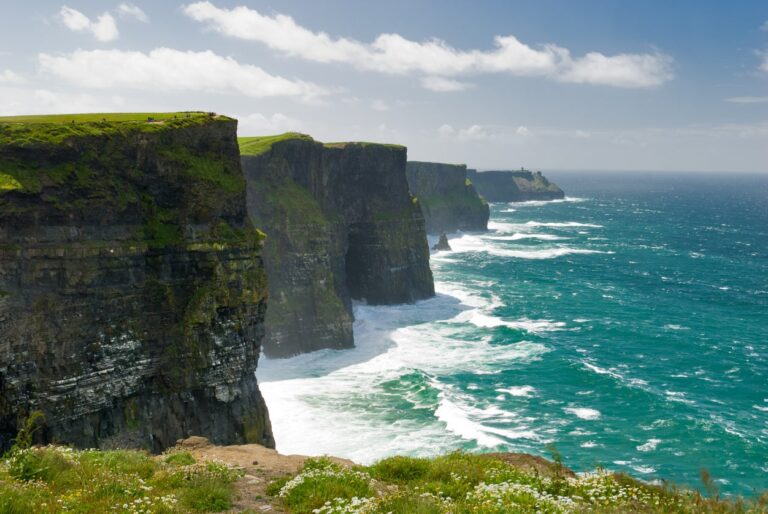Is Costa Rica Safe to Travel: Tourism Safety Facts

Safety in Costa Rica
Overview of Safety Concerns
When considering travel to Costa Rica, safety is a common concern for many visitors. It’s important to be aware of the potential risks to ensure a safe and enjoyable trip. Costa Rica, though generally considered safe, still requires travelers to exercise caution.
Costa Rica was recognized as “the most peaceful country in Central America and the Caribbean” in the 2023 Global Peace Index (GPI) report, making it a relatively safe destination among global uncertainties (Osa Tropical Properties). Yet, incidents of crime and safety issues are reported. Travelers should be aware of common risks such as petty crime, credit card and ATM fraud, spiked food and drinks, and unregulated alcohol (Travel.gc.ca).
On the other side, perspectives on safety in Costa Rica can be quite subjective. For instance, expats’ views vary significantly — some claim there is minimal crime, while others describe it as crime-ridden. These varying opinions often lead to debate within expat communities (Central America Living).
Crime Rates and Trends
Understanding crime rates and trends can provide valuable insights into the question, “is Costa Rica safe to travel?” While petty crime is the main threat, there have been occurrences of more severe crimes such as armed robbery, homicide, and sexual assault (Travel.State.Gov). To enhance security, the Costa Rican government has deployed additional security resources in tourist areas.
To provide a clearer picture, here is the data on crime rates in Costa Rica from recent years:
| Year | Homicide Rate (per 100,000) | Reported Petty Crimes | Violent Crimes |
|---|---|---|---|
| 2020 | 11 | 25,000 | 2,000 |
| 2021 | 10 | 24,500 | 1,800 |
| 2022 | 12 | 23,000 | 2,200 |
While these figures indicate some fluctuations, the overall trend is that of a stable crime environment with a slight decrease in petty crimes over recent years.
For additional context on how Costa Rica compares to other travel destinations, you may want to explore articles like is it safe to travel to mexico, is it safe to travel to jamaica, and is it safe to travel to colombia.
Whether you are a seasoned traveler or a novice, understanding these safety aspects will help ensure a safer and more pleasant experience in Costa Rica. For further tips and detailed information, visit our sections on high-risk areas and personal belongings safety.
Types of Crime in Costa Rica
When considering ‘is Costa Rica safe to travel’, understanding the different types of crime can help you take proper precautions. Each type of crime has its own characteristics and common locations.
Petty Crimes
Petty crimes are the most prevalent in Costa Rica. This category includes pickpocketing, purse snatching, and theft from cars. Such crimes often occur in crowded areas and tourist hotspots.
| Crime Type | Common Locations |
|---|---|
| Pickpocketing | San José, Pacific Coast, Caribbean Coast |
| Purse Snatching | Beaches, Markets, Festivals |
| Theft from Cars | Parking Lots, Tourist Attractions |
Petty thieves often work in teams to divert your attention while another individual takes your belongings. Keeping your valuables secure and out of sight can reduce the risk. For more safety tips, check out our section on personal belongings.
Violent Crimes
While less common than petty crimes, violent crimes such as armed robbery, homicide, and sexual assault have been reported. These incidents often occur in regions with high drug trafficking activity, particularly in provinces like Alajuela, Limón, and Puntarenas (Source).
| Crime Type | Affected Regions |
|---|---|
| Armed Robbery | Alajuela, Limón, Puntarenas |
| Homicide | Limón, San José, Puntarenas |
| Sexual Assault | Caribbean Coast, Tourist Areas |
Travelers are advised to exercise increased caution, especially in high-risk areas. The government has implemented additional security measures to enhance safety in tourist regions (Travel.State.Gov). Always stay vigilant, especially when traveling alone at night.
Theft and Robberies
Theft, including home burglaries and car theft, is another concern in Costa Rica. High-risk areas include San José and popular coastal regions. Thieves often target rental and luxury vehicles, so it’s advised to never leave valuables inside your car (Source).
| Crime Type | Common Locations |
|---|---|
| Home Burglaries | Expats Areas, Luxury Residences |
| Car Theft | Rental Cars, High-Tourist Regions |
Credit card and ATM fraud are also prevalent. Tourists should be cautious when using debit or credit cards to avoid scams. Be aware of your surroundings when withdrawing money and consider using indoor ATMs. More information on safe credit card and ATM usage can be found in our detailed guide.
For additional information on safe travel practices, explore our other articles like is it safe to travel to mexico and is it safe to travel to jamaica. Safety comparisons and government measures further illustrate why Costa Rica remains a favored destination for many travelers.
Safety Tips for Travelers
When pondering the question, “is Costa Rica safe to travel,” it’s important to arm yourself with valuable safety tips to ensure a smooth and enjoyable trip. Below are some critical safety measures to consider.
High-Risk Areas
While Costa Rica is a popular tourist destination, certain areas pose higher risks due to crime. The regions of San José, Puntarenas province, and the Caribbean coast have been reported as hotspots for various types of crime, including petty theft, violent crimes, and burglaries (Travel.gc.ca). Travelers should exercise extra caution in these areas:
- San José: High instances of pickpocketing and purse snatching.
- Puntarenas Province: Known for theft from cars and homes.
- Caribbean Coast: Reported cases of violent assaults.
Personal Belongings
Protecting your personal belongings is essential when traveling in Costa Rica. Here are some recommendations to help you keep your items secure:
- Avoid Displaying Valuables: Keep expensive jewelry, electronics, and large amounts of cash out of sight.
- Use Hotel Safes: Store important documents, like your passport, and valuables in hotel safes.
- Be Cautious in Crowded Areas: Pickpockets often target crowded places. Stay alert and ensure your bags are securely closed.
- Avoid Isolated Areas: Stick to well-populated areas, especially at night, to minimize the risk of encounter with criminals.
Credit Card and ATM Usage
Credit card and ATM usage in foreign countries can be a concern due to the risk of fraud and theft. Follow these tips to safeguard your financial transactions in Costa Rica:
- Use ATMs inside Banks: These are generally more secure than standalone cash machines.
- Monitor your Account: Regularly check your bank statements for unauthorized transactions and report any suspicious activity immediately.
- Avoid Public Wi-Fi for Transactions: Use a secure internet connection when performing online banking or purchases.
- Cover your PIN: When entering your PIN at an ATM or point-of-sale terminal, shield the keypad to prevent observation.
For more details on financial precautions, you can refer to is it safe to travel to colombia which provides similar insights for high-risk areas.
Road Safety in Costa Rica
When planning a trip to Costa Rica, understanding the road safety conditions is essential. The country, known for its scenic beauty and adventurous travel spots, comes with specific challenges that you should be aware of to ensure a smooth and safe journey.
Traffic Conditions
Traffic conditions in Costa Rica can vary significantly, but one common characteristic is the relatively high incidence of traffic accidents. According to Travel.gc.ca, Costa Rica has one of the highest traffic accident rates in the world. Contributing factors include:
- Poor Road Conditions: Many roads, especially those in rural or less developed areas, are in poor condition and may feature potholes, uneven surfaces, or lack proper signage.
- Minimal Adherence to Traffic Laws: Drivers in Costa Rica may not always adhere strictly to traffic laws, which can create unpredictable driving environments.
Given these concerns, it’s advisable to be cautious and well-prepared. Renting a reliable vehicle and considering travel insurance for rental cars can be prudent steps.
Hazardous Driving Factors
While driving in Costa Rica, several hazardous factors should be kept in mind to ensure your safety:
- Weather Conditions: The rainy season can make roads slippery and increase the likelihood of landslides. Roads in mountainous areas can become particularly dangerous during heavy rainfall.
- Night Driving: Poorly lit roads and limited visibility after dark increase the risk of accidents. If possible, plan your travel to avoid driving at night.
- Public Transportation: Public bus services can be unreliable and are often targeted by pickpockets.
- Local Driving Habits: It’s common for local drivers to engage in risky behaviors, such as speeding, overtaking in unsafe conditions, and ignoring traffic signals.
Practical Safety Advice
Based on this information, here’s a quick checklist to enhance your road safety:
- Vehicle Condition: Check that your rental vehicle is well-maintained.
- Travel Insurance: Consider travel insurance that covers road accidents.
- Weather Monitoring: Regularly check weather forecasts, especially during the rainy season.
- Avoid Night Travel: Plan your itinerary to minimize or eliminate the need for driving after dark.
For more travel safety tips on various destinations, you might find the following articles useful: is it safe to travel to mexico, is cancun safe to travel, and is it safe to travel to jamaica.
Costa Rica Homicide Rates
The safety of any travel destination is a primary concern for tourists. Understanding the homicide rates and trends in Costa Rica can provide invaluable insights for travelers.
Statistics and Trends
Costa Rica’s homicide rate reached 17.3 per 100,000 people in 2023. This marked a significant 41% increase from 2022, making it the country’s worst year for homicides ever recorded. The murder rate in Costa Rica has been steadily climbing since 2019. According to the United Nations, any homicide rate exceeding 10 per 100,000 is considered endemic.
To put this into perspective, Costa Rica’s homicide rate was higher than that of the United States, which was 6.6 per 100,000 people in 2021. Here’s the data in tabular form for better comparison:
| Country | Homicide Rate (per 100,000 people) | Year |
|---|---|---|
| Costa Rica | 17.3 | 2023 |
| United States | 6.6 | 2021 |
Regional Variances
In 2023, Costa Rica was the only country in Central America to report a rise in homicide rates. Neighboring countries like Belize, El Salvador, Honduras, and Panama saw decreases in their homicide rates. Despite this increase, Costa Rica’s homicide rate placed it third highest in the region, following Honduras and Belize (Central America Living).
Areas within Costa Rica also experience varying levels of safety. While the country is generally safe, tourists are advised to stay within well-known zones to mitigate risks. Sketchier locales may present higher risks, including petty crimes and robberies (The Broke Backpacker). For more information on dealing with different types of crime, refer to our section on types of crime in Costa Rica.
Here’s a snapshot of regional variances for Costa Rica’s homicide rate comparing it with other Central American countries:
| Country | Homicide Rate (per 100,000 people) | Year |
|---|---|---|
| Costa Rica | 17.3 | 2023 |
| Honduras | 37.6 | 2023 |
| Belize | 25.6 | 2023 |
| El Salvador | 10.7 | 2023 |
| Panama | 9.5 | 2023 |
Being aware of these statistics can offer a clearer picture of the safety landscape in Costa Rica, allowing you to make informed decisions during your travel. For additional details and comparisons on other travel destinations, you can explore articles like is it safe to travel to mexico and is ecuador safe to travel.
Costa Rica as a Tourist Destination
Safety Comparisons
When considering “is Costa Rica safe to travel,” it’s beneficial to compare it with other popular tourist destinations. According to the Global Peace Index, Costa Rica was recognized as “the most peaceful country in Central America and the Caribbean” in the 2023 report. This recognition positions it as a safe haven amidst global uncertainties.
In 2022, Costa Rica was named one of the four safest tourist destinations in Latin America according to the Global Peace Index. The United States Department of State placed Costa Rica on the “Level 2” travel warning list in 2023, advising travelers to exercise increased caution. This is the same level of caution advised for destinations like Mexico and Thailand.
Here’s a comparison of destinations with similar travel advisories:
| Destination | Travel Advisory Level | Key Safety Recommendations |
|---|---|---|
| Costa Rica | Level 2 | Increased caution, especially in certain areas |
| Mexico | Level 2 | Increased caution, particularly in high-risk areas |
| Jamaica | Level 2 | Increased caution in specific neighborhoods |
| Egypt | Level 2 | Increased caution near specific regions |
When compared to these destinations, Costa Rica offers a relatively safe environment for tourists, though caution is still advised in certain areas.
Government Measures
The Costa Rican government has implemented various measures to ensure the safety of its visitors. This includes increased police presence in tourist-heavy areas and continuous monitoring of crime trends.
Key measures taken include:
- Tourist Police: A dedicated force that patrols major tourist areas to assist and protect travelers.
- Emergency Hotline: The government has established a 24/7 tourist support hotline.
- Awareness Campaigns: Regular campaigns to educate both locals and tourists on safety practices.
These measures aim to reduce petty crimes and enhance the overall safety for tourists.
For more detailed safety tips and guidance, refer to our articles on tips for traveling safely and travel safety comparisons.






